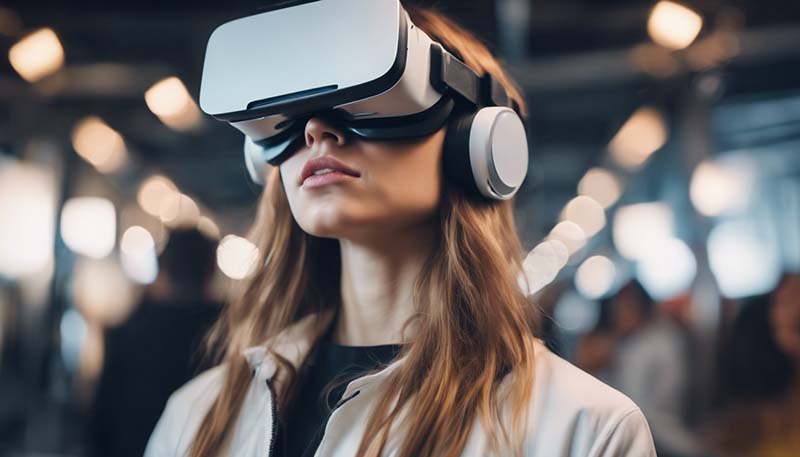The Role of Virtual Reality in Digital Twins
Digital twins are virtual replicas of physical entities, such as machines, buildings, or even entire cities. They are used to simulate, analyze, and optimize the performance of these entities in a virtual environment before making changes to the real-world counterparts. Virtual reality (VR) plays a crucial role in enhancing the capabilities of digital twins by providing an immersive and interactive experience for users to interact with the digital replicas.
Introduction
The concept of digital twins has gained significant attention in recent years due to its potential to revolutionize various industries, including manufacturing, construction, healthcare, and urban planning. By creating a digital twin, organizations can test different scenarios, identify potential issues, and make informed decisions without disrupting the actual system.
Benefits of Virtual Reality in Digital Twins
-
Immersive Experience
Virtual reality provides an immersive experience for users, allowing them to visualize and interact with digital twins in a way that is not possible with traditional 2D or 3D models. This immersive experience enables users to better understand the behavior and performance of the digital twin and make more informed decisions.
-
Real-time Interaction
With VR, users can interact with digital twins in real-time, making it easier to test different scenarios and configurations. This real-time interaction allows users to quickly identify potential issues and make adjustments as needed.
-
Collaboration
Virtual reality facilitates collaboration among team members by allowing them to share the same virtual environment and work together on the digital twin. This collaborative approach can lead to more efficient problem-solving and decision-making.
-
Training and Education
Digital twins combined with VR can be used for training and education purposes. By creating a realistic virtual environment, users can learn about the system's behavior and operation without the risks associated with working on the actual system.
Challenges of Virtual Reality in Digital Twins
-
Technical Complexity
Implementing VR in digital twins can be technically complex, requiring specialized hardware and software. This complexity can be a barrier for organizations that lack the necessary resources or expertise to develop and maintain VR-enabled digital twins.
-
Data Privacy and Security
As digital twins often contain sensitive information about the physical entities they represent, ensuring data privacy and security is crucial. Organizations must implement robust security measures to protect the digital twin and the data it contains from unauthorized access or tampering.
-
User Acceptance
User acceptance can be a challenge when implementing VR in digital twins. Some users may find it difficult to adapt to the new technology or may experience discomfort or motion sickness while using VR. Organizations must address these concerns to ensure successful adoption of VR-enabled digital twins.
Future of Virtual Reality in Digital Twins
As technology continues to advance, the role of virtual reality in digital twins is expected to grow. The development of more sophisticated VR hardware and software, as well as the increasing availability of high-performance computing resources, will enable more immersive and realistic digital twin experiences. Additionally, the integration of other technologies, such as augmented reality (AR), artificial intelligence (AI), and the Internet of Things (IoT), will further enhance the capabilities of digital twins and their applications.

The combination of virtual reality and digital twins has the potential to transform the way organizations approach product development, system design, and operations. By providing an immersive and interactive platform for testing and optimization, VR-enabled digital twins can help organizations make better decisions, reduce costs, and improve overall efficiency.
In conclusion, virtual reality plays a vital role in enhancing the capabilities of digital twins by providing an immersive and interactive experience for users. While there are challenges to overcome, the benefits of VR in digital twins are significant and will continue to drive innovation and adoption in various industries.
Comment